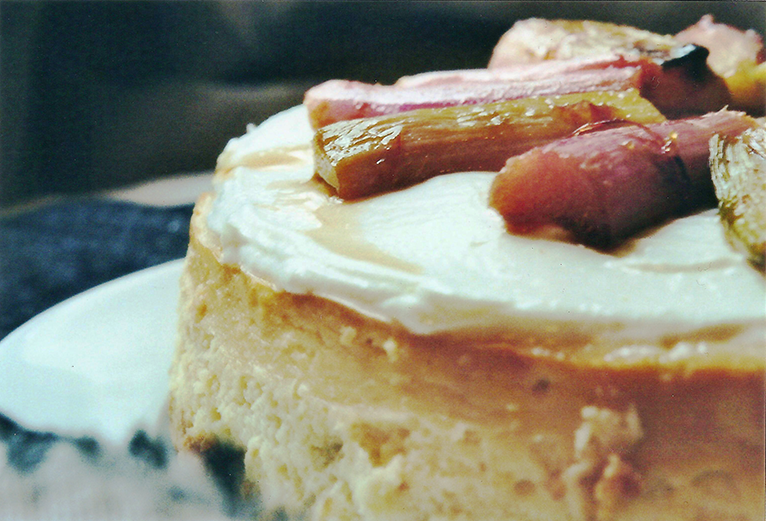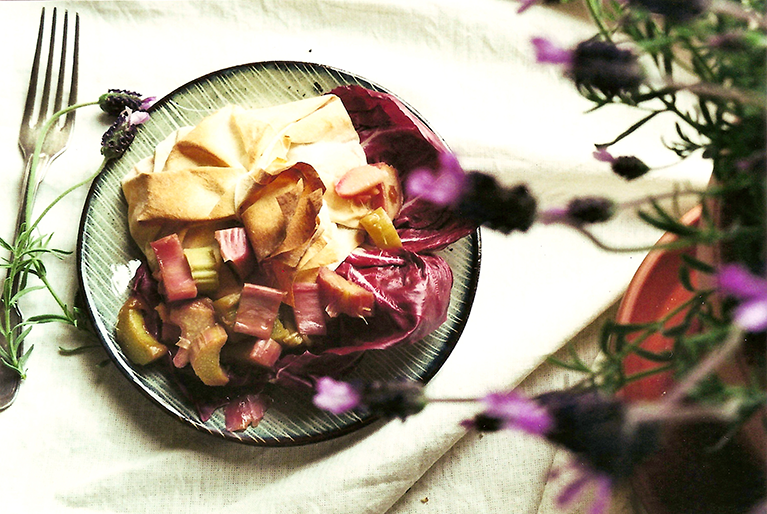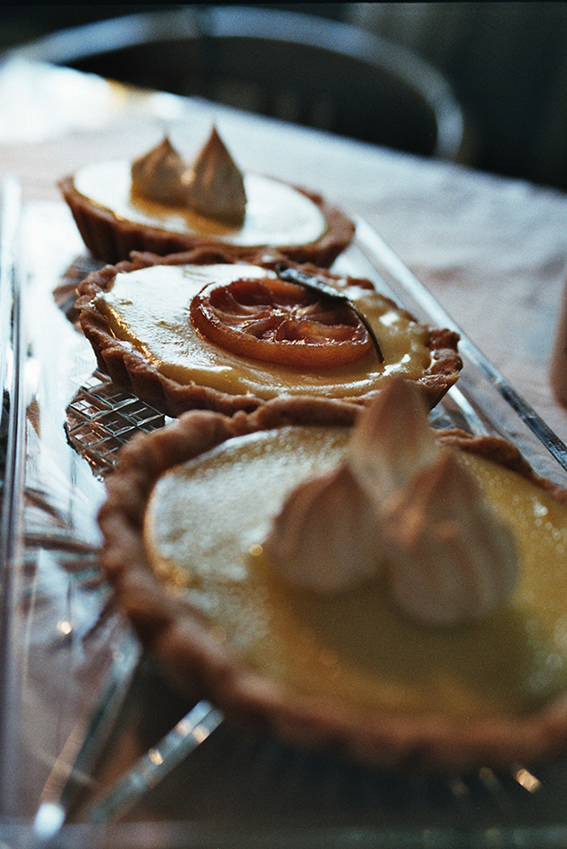I guess like most people I really love cheesecakes – I’d even go so far to say that its many versions are my favorite kind of cake. Much more than butter cream torte and spongy cakes anyway. In Germany most families have their own recipe, the main ingredient being quark. Which is great, because it is much more tangy than cream cheese or mascarpone. Sadly quite a few turn out to be too dry and sweet for my liking. The best textured cheesecake I ever had was apparently in Ottolenghi’s Islington restaurant – the caramel macadamia cheesecake that one can also find in his cookbook. So creamy and moist…a dream of a cake. However, this one is even lighter and gorgeously tart.
For the base:
35g butter or coconut oil
60g finely chopped hazelnuts
40g oat flour (or simply ground rolled oats in a food processor)
1 tsp ground ginger
generous pinch of sea salt
For the filling:
600g cream cheese
70g granulated stevia
3 tsp arrowroot powder
1 1/2 tsp freshly grated lemon zest
1 tbsp lemon juice
2-3 cm piece of ginger, chop finely and let soak over night in 3 tbsp of rice malt syrup to make your own ginger syrup
3 eggs
150g quark (in Germany this is easy to find, substitute with fromage frais or strained yoghurt)
For the topping:
the ginger infused rice malt syrup
freshly squeezed juice of 1 orange
about 3-4 rhubarb stalks, choose the pinkest ones and use the pink ends rather than the more greenish tops
100g quark
1 1/2 tbsp lemon juice
Line the base and the sides of a 20cm springform tin with baking parchment. Melt the butter and stir in the nuts and oat flour. Press the mix into the base of the tin. Preheat the oven to 220°C.
For the filling, beat the soft cheese just until smooth with an electric hand mixer on low speed. Gradually add the stevia, also on a low speed, then the arrowroot powder without overbeating. Whisk in the lemon zest and juice and the ginger. Beating the eggs before adding them to the mixture is very important, it will make the cake much fluffier. After you have added the beaten eggs, finally whisk in the quark. The mixture should be smooth and quite runny.
Pour the filling over the crumb base and bake for 10 minutes on the high temperature, then lower the heat to 100°C. Bake another 25 minutes. After the 25 minutes, shake the tin a little – there should be a wobble in the centre of the filling. Turn off the oven, keep the door closed and leave the cake in for 2 hours. Open the door, loosen the top edges of the cake with a knife, then leave in the oven or on the shelf to cool gently for another couple of hours.

Meanwhile prepare the topping. Cut the rhubarb in 4or 5cm long pieces. Heat the oven to 130°C. Place the rhubarb in an ovenproof dish large enough to hold it in a single layer, drizzle with the mixture of the infused rice malt syrup and the orange juice (if you fancy it even more gingery, add a little extra grated ginger). Stir to coat. Roast for 30 minutes until tender, then drain off the juices and cool.
Mix the quark with the lemon juice and spread over the top of the completely cooled cheesecake. Decorade with the rhubarb pieces.








